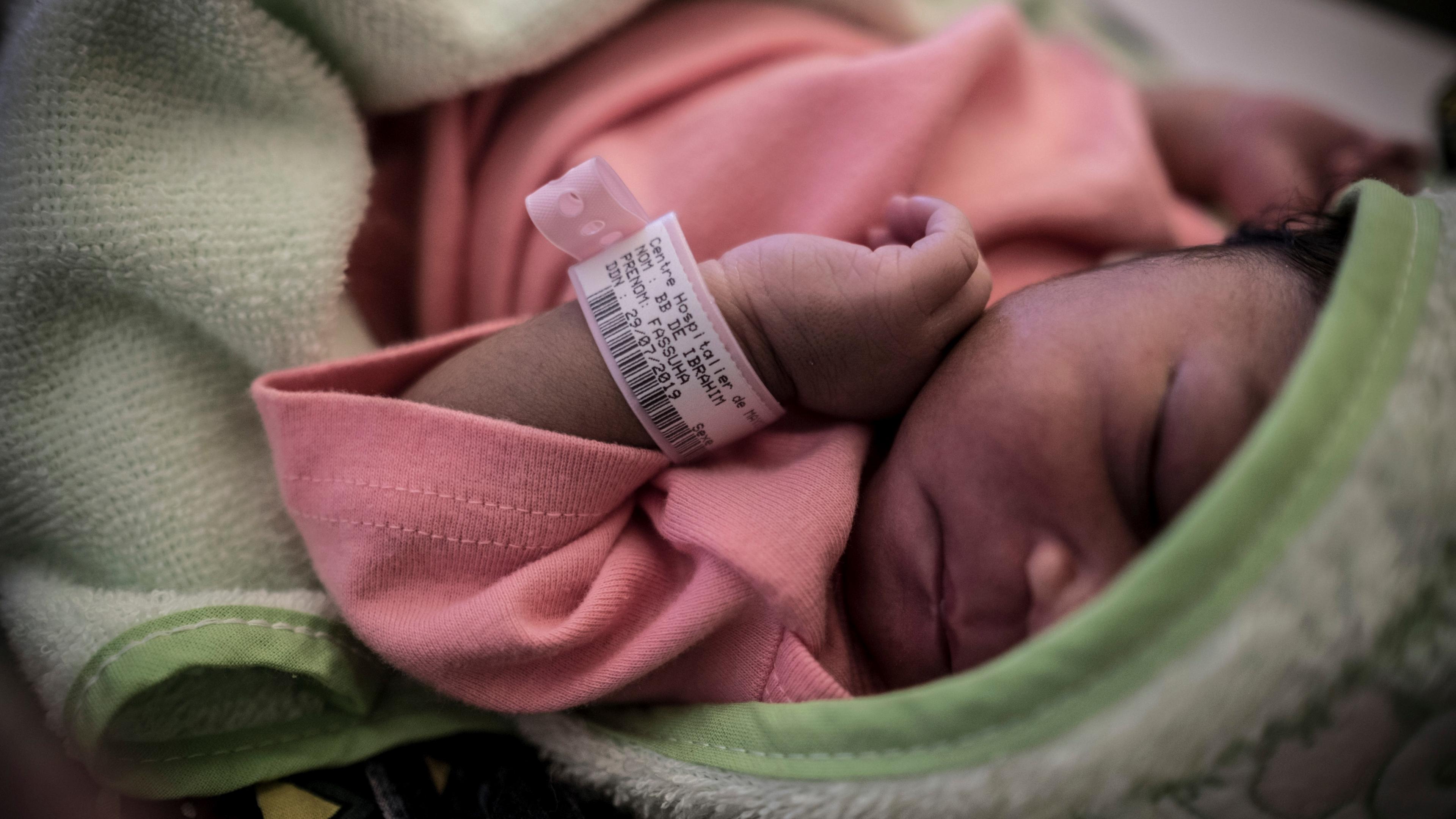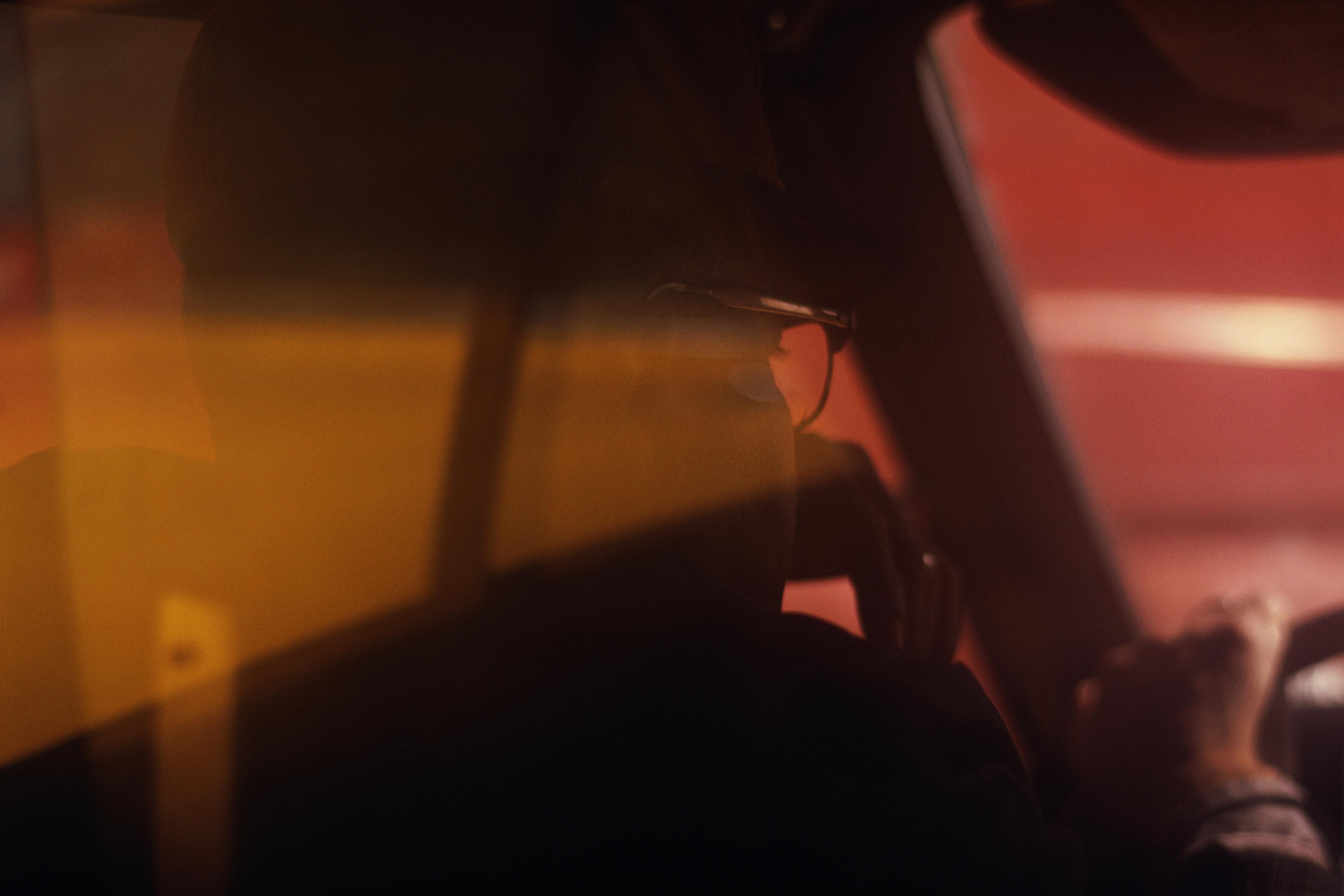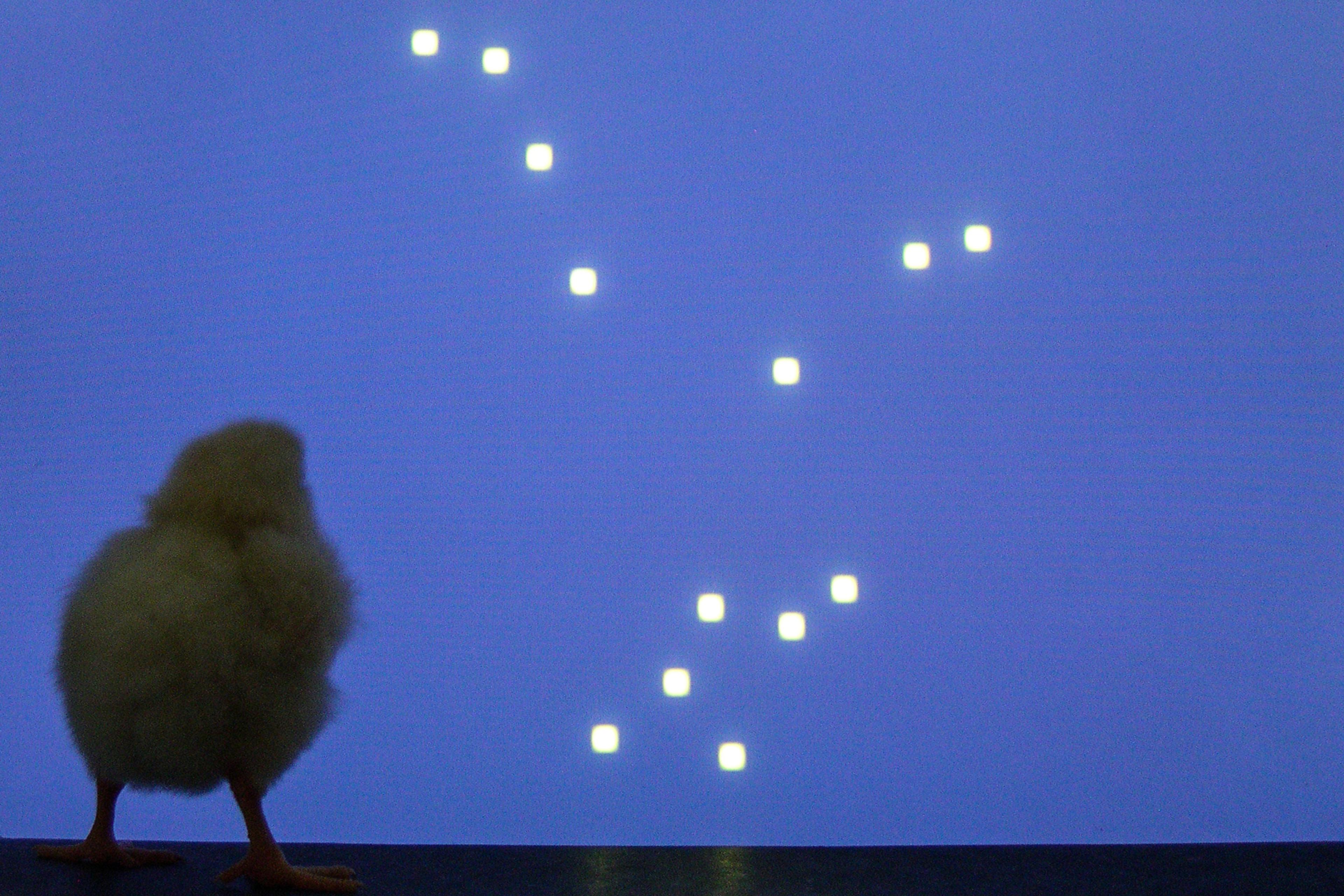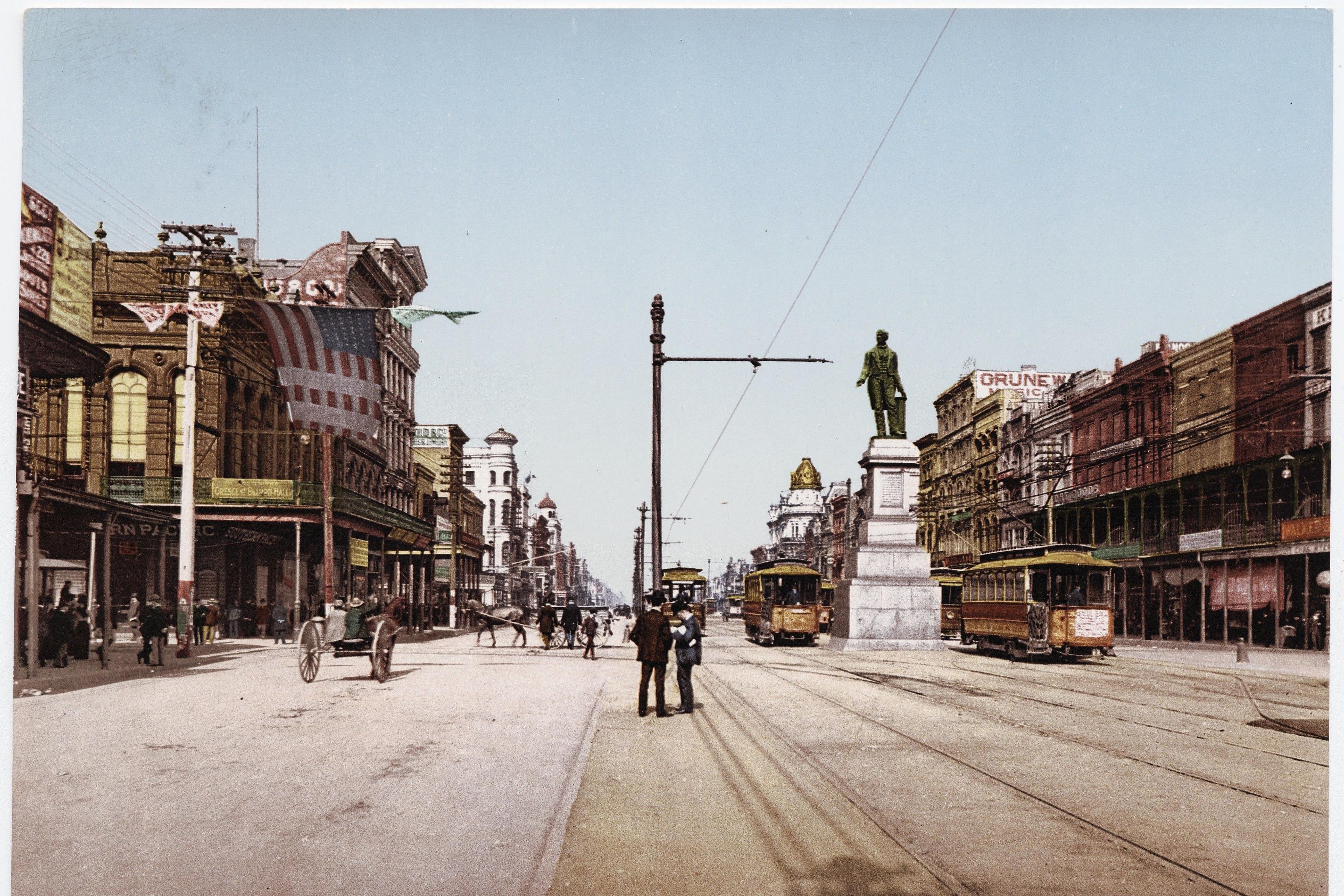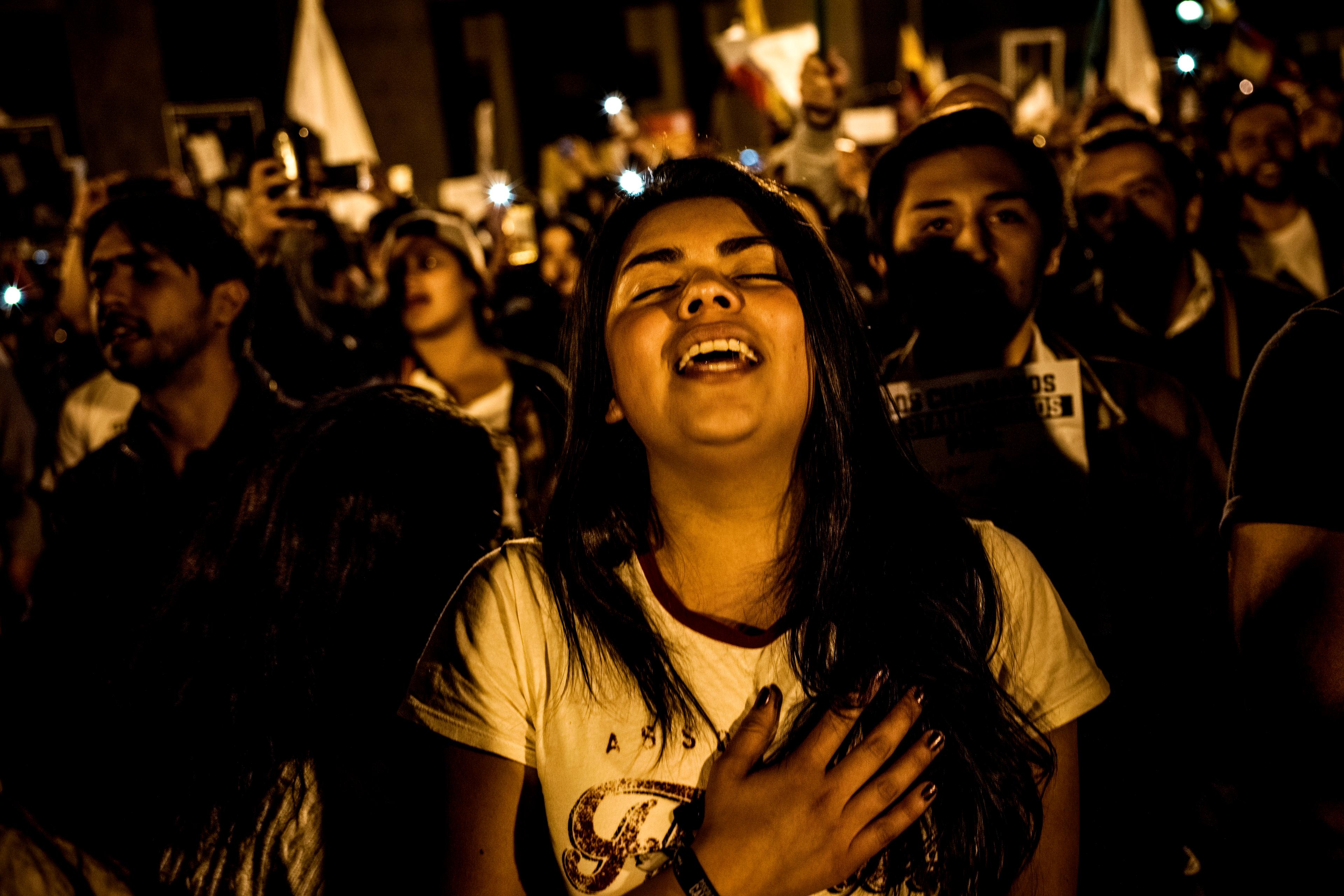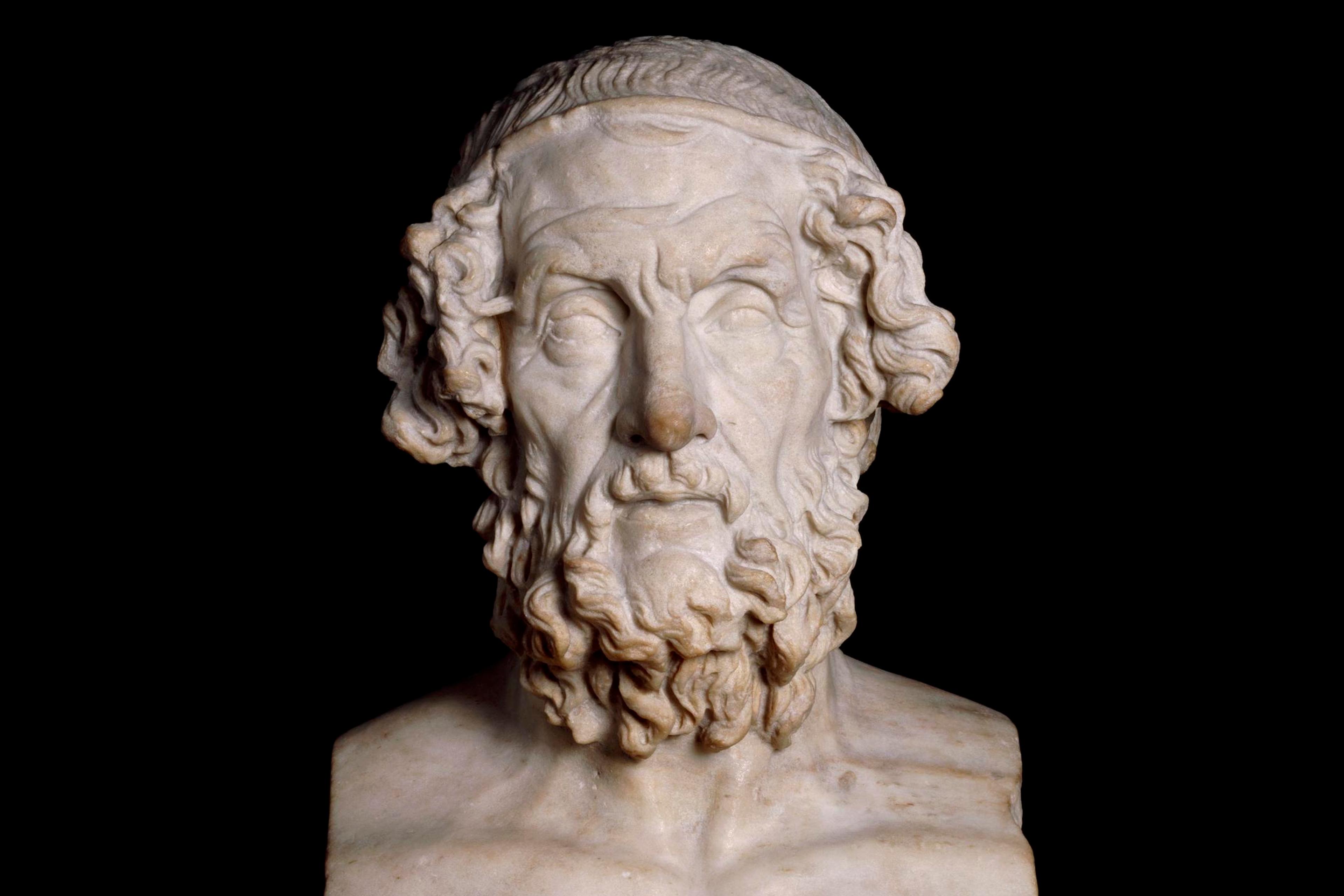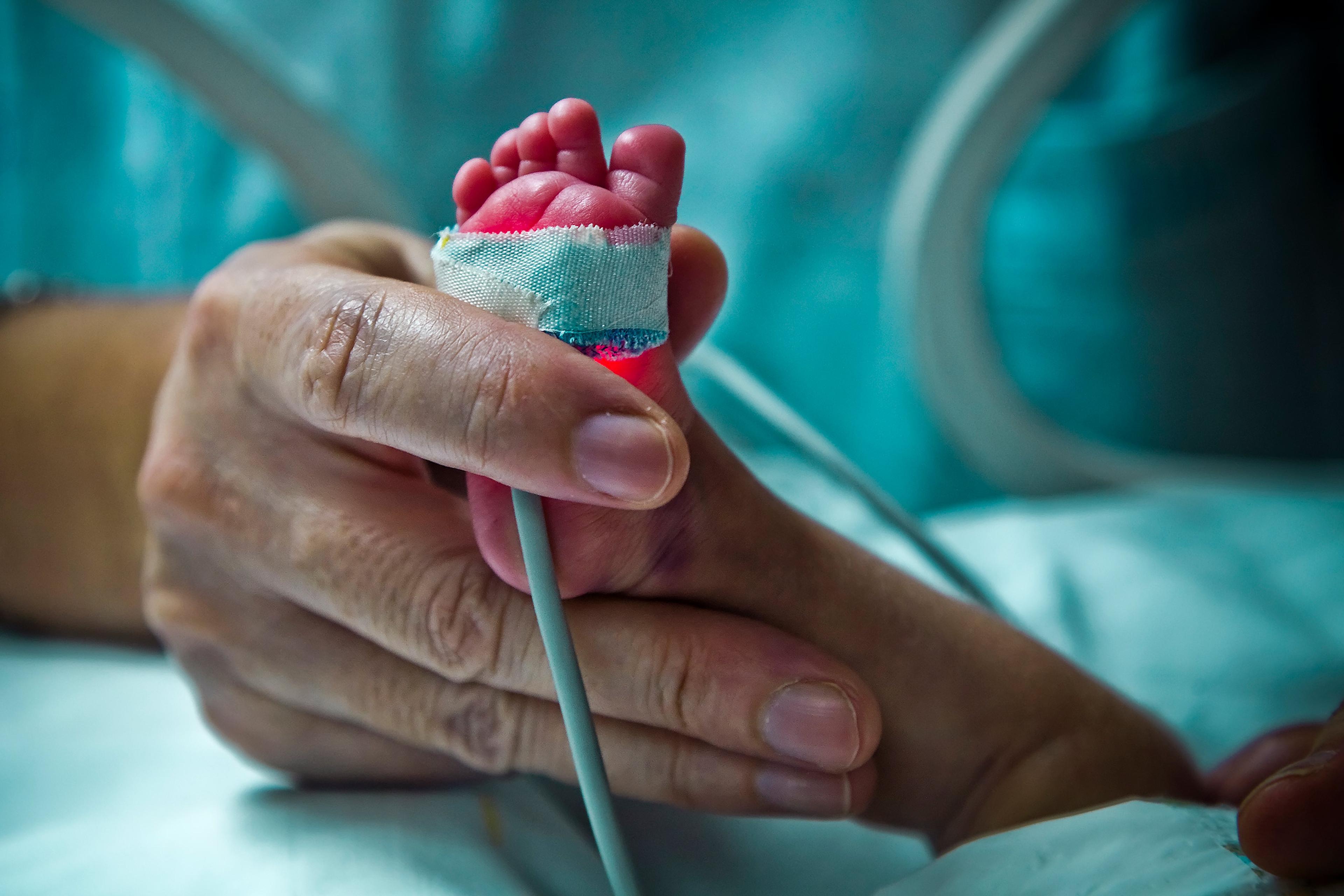As recently as the 1980s, many infants were operated on without anaesthesia – a practice that would be unthinkable today. Recounting this history in his book The Edge of Sentience (2024), the philosopher Jonathan Birch notes his surprise at the moral arrogance of anaesthesiologists of the time. What could have justified this practice? While general anaesthesia in infants does carry a risk of breathing problems, either that risk was over-weighed, or the mental life and suffering of an infant was entirely neglected.
Maybe you don’t need much convincing that infants are conscious – that there is something it’s like to be an infant. In my experience telling people about my research, this is a commonly held intuition. And in academia, more than three-quarters of researchers surveyed at an annual conference on consciousness viewed babies as conscious, or at least probably so.
Today there is considerable evidence that infants are more than bundles of reflexes. I, along with my co-authors Tim Bayne, Rhodri Cusack, Julia Moser and Lorina Naci, recently published a scholarly review outlining the case for consciousness in early infancy. But the debate isn’t over. Since infants can’t tell us about their experiences – and adults typically cannot remember their own first year of life – firm evidence of consciousness is hard to establish. And according to that survey I cited, a small fraction of academics still doubt that babies are conscious. Conversely, if babies are indeed conscious, does consciousness begin at birth? Or even earlier?
The question of when consciousness first emerges, then, is an open one. Let’s consider three possible answers, each based on milestones that occur after, during, and before birth.
Does consciousness start after birth?
Intuitive though it may be, it’s not a given that newborns are conscious. After all, one of the developing brain’s biggest milestones waits until after birth.
In the first year of life, a neurotransmitter called GABA shifts its effects. Normally, GABA serves as a sort of neurochemical counterweight that calms or inhibits neurons, making it harder for them to spread their signals to other neurons. This prevents the brain from toppling into a seizure, but it’s also key for the brain’s ability to carry out complex computations. A brain without proper inhibitory transmission is like a committee that says ‘yes’ to everything – complex decisions and information-processing are limited. But, until the first weeks (or even months) of life, GABA does its job differently, and it may not always be inhibitory.
Occasionally, in newborns, GABA might actually be exciting some neurons, tipping the scales away from the balance point that allows for a complex and beautiful dance of neural activity. If the scales are tipped far enough, complexity might be lost, like the committee that says ‘yes’ to everything, or a flock of starlings in which each bird can accelerate but never slow down. And if complexity is lost, then consciousness – which often accompanies it – may follow.
We recently published evidence that neural complexity actually decreases with maturation
According to a few theories and many observations, neural complexity generally indicates a richer state of subjective experience. For instance, the entropic brain hypothesis, developed by the neuroscientist and psychopharmacologist Robin Carhart-Harris, suggests that rich, diverse neural activity patterns track rich, diverse inner states of experience. Thus, when the scales of excitation and inhibition are tipped and complexity is lost, consciousness is often lost with it.
For this reason, I’m extremely interested in how neural complexity changes in infants and fetuses. A number of studies of electrical brain activity have suggested that complexity increases in the weeks following birth. However, my colleagues and I recently published evidence that neural complexity actually decreases with maturation. Not what we expected. And either way, it’s not clear if the postnatal GABA shift is involved in these changes in complexity. In short, I’m not convinced that the GABA shift, as intriguing as it is, is important for consciousness.
There are other reasons why sceptics doubt that newborns are conscious. Often, these involve the implausibility of selfhood during infancy: how could a new baby have any concept of ‘I’? But this is a confusion of terms. Having an experience doesn’t require having a self. As adults, we often lose ourselves in states of flow, or deep immersion in music, exercise, work or sex. Similar states, absent a self, can occur during meditation. To claim that these are non-experiences, lacking any consciousness, is nonsense. Consciousness has no need for a self.
Does consciousness start at birth?
Assuming that consciousness serves a practical purpose, and is not merely a side-effect of the brain’s information-processing, there is a fairly strong case for consciousness emerging at birth. A newborn has left the safety of the womb, and the body’s new need for autonomy may necessitate awareness and subjectivity.
While, again, we can’t ask newborns about their experiences, scientific workarounds have yielded evidence that newborns are already experiencing sights, sounds and other sensations. These clues include data on their brain networks as well as neural responses to unexpected beeps. At the University of Tübingen in Germany, my colleagues, led by Julia Moser (then a PhD student, now a postdoctoral researcher at the University of Minnesota), measured these neural responses in newborns using a technology called magnetoencephalography (MEG). A MEG machine can detect biomagnetic fields in a developing brain that are billions of times weaker than the magnetic field that guides a compass. To avoid drowning out this feeble signal, no loudspeakers are used near the MEG machine; instead, patterns of sounds are played for the newborn through a vibrating balloon. Consistent with studies in older infants, sequences of beeps that break an established pattern show a larger response from the neonatal brain than beeps that follow the pattern – suggesting a mind that can remember, learn, predict and, just perhaps, feel surprise.
Active inferences are being made about the world during infancy
The ability of newborns to form expectations about the world might be evidence for consciousness at birth. Neuroscientists such as Anil Seth favour a view of consciousness known as predictive coding. According to this view, consciousness does not arise from raw sensory input to our brains, but rather from our inferences about the outside world. These inferences are based on both the new information reaching our sense organs and our prior models of how things ought to be.
If you don’t believe that prior beliefs about reality shape your consciousness, consider the ‘McGurk effect’, in which the same speech sound (eg, ‘ba’ or ‘fa’) is played repeatedly, with different lip movements. Your prior beliefs about which lip movements match which sounds will likely influence your perception of what the speaker is saying. There is already evidence that infants in the first year of life are susceptible to the McGurk effect, which we can infer from clues such as how long they look at a visual display.
Evidence for the McGurk effect in infants suggests that active inferences are being made about the world during infancy, which goes hand in hand with the possibility of consciousness. Moreover, the McGurk effect requires the brain to integrate signals from the ears and eyes, and this high degree of integration is also suggestive of consciousness. Along these lines, recent neuroimaging research in newborns shows a relatively high degree of brain network integration: some signature networks of the adult brain are already taking shape at the time of birth.
Does consciousness start before birth?
Those intriguing neural responses to surprising sound patterns don’t happen only in the newborn brain. Moser and my other colleagues have observed them in late-term fetuses as well.
The evidence for fetal consciousness is limited almost entirely to the third trimester: the final three months of pregnancy. It’s nearly impossible, especially in the United States, to bring up the topic of fetal consciousness without one’s thoughts immediately jumping, uncomfortably, to politics. In case you’re wondering, the third trimester is past the gestational limits on abortion in the vast majority of jurisdictions where it is legal around the world. Here, we’re not dealing with evidence that would or should restrict access to abortion, even if this evidence is corroborated by future studies.
What makes consciousness plausible in the third trimester? Around 24 to 26 weeks’ gestation, the end of the second trimester, the first nerve pathways wire up the cerebral cortex to the body and the outside world. Until this point, virtually no sensory pathways reach the fetal cortex, the largest part of the brain, identified with consciousness in adult humans. Some readers, perhaps, will be reluctant to accept this conclusion, but it is a firmly supported view to which most objections fall short. Smell could be a minor exception, as nerves from the nose follow a different pathway to the cortex, though it’s not clear if the fetus can sniff in the womb. And while it is sometimes suggested, as in Birch’s recent account, that brain structures below the cortex might be sufficient for awareness of pain, this is currently not the consensus view.
With no incoming sensations to divide up the passage of time or to delineate space, all is timeless and empty
Could a fetus be conscious of anything before the third trimester, unplugged from the world and even its own body? It is difficult to imagine what it would be like to exist as a new mind that does not, and never did, see, hear, touch or taste. Before the third trimester, the fetus is likely in a state akin to deep sleep. Recent research found that infants given spinal anaesthesia, which blocks most sensations from the body, show electrical brain activity that resembles sleep. The fetal brain, being even less mature, is even less likely than that of an infant to sustain consciousness without sensory input. Furthermore, the womb’s bath of sedating chemicals inhibits wakefulness even after sensory signals reach the cortex in the third trimester.
If consciousness does emerge before 24 weeks, it is not likely consciousness as we generally know it, but rather more likely the contentless consciousness described by philosophers such as Thomas Metzinger: with no incoming sensations to divide up the passage of time or to delineate space, all is timeless, spaceless and empty. Even stranger still, given the immature integration of fetal brain networks, compared with older brains (think of the US passenger railway system compared with Europe’s), a fetal mind might be fragmented into many parallel minds, or ‘islands of awareness’ (to continue the analogy, imagine the US Northeast Corridor as having one mind, while the railway network centred around Chicago has a separate mind).
Of course, any discussion of fetal consciousness remains highly speculative. Based on the evidence so far, I predict that the light of consciousness shines from sometime near birth – if not a bit earlier – until death. It’s also unlikely that consciousness emerges all at once. Yet, even if its emergence is gradual, there must be a moment when its first spark ignites, like the first photon of light radiating from a lightbulb as its analogue dial is turned upward. Perhaps, one day, we will know just when this happens.
